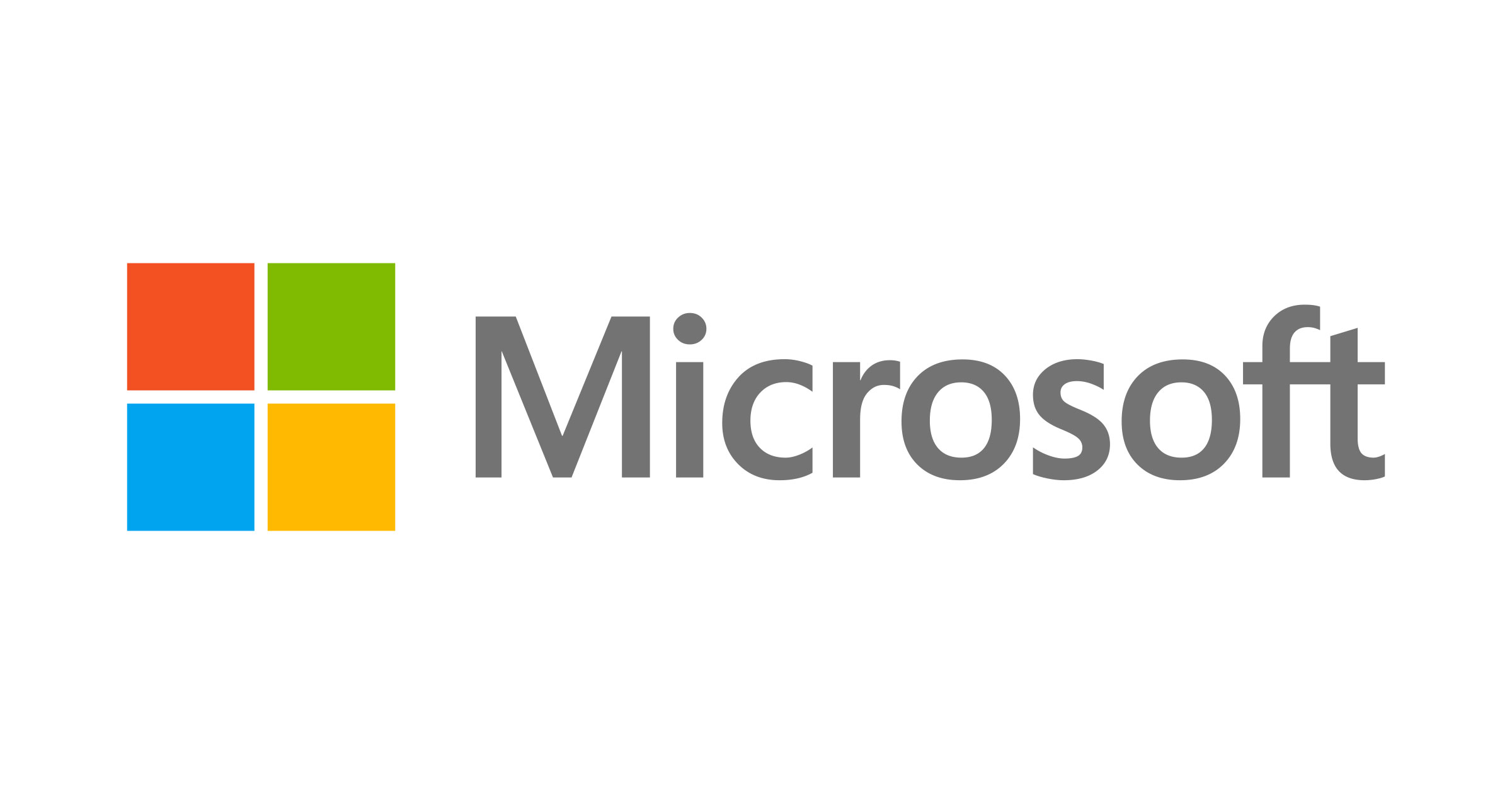Microsoft Introduces Its First AI Assistant Designed for Healthcare Professionals

Microsoft Unveils AI Assistant for Healthcare Workers
Introduction to AI in Healthcare
Artificial Intelligence (AI) has been making significant strides in various fields, and healthcare is no exception. Recently, Microsoft announced its new AI assistant specifically designed to aid healthcare workers. This innovative tool aims to streamline processes, improve patient care, and reduce the administrative burden on medical professionals.
Key Features of the AI Assistant
Microsoft’s AI assistant for healthcare workers incorporates several advanced features intended to enhance the efficiency and effectiveness of healthcare delivery. Here are some notable functionalities:
1. Voice Activation
The AI assistant operates on a voice recognition system, allowing healthcare workers to access information and perform tasks hands-free. This feature ensures that physicians and nurses can keep their focus on patient care without being distracted by manual inputs.
2. Comprehensive Data Access
This AI tool provides instant access to patient records and medical histories. Healthcare providers can easily retrieve critical information, enabling quicker decision-making during patient assessments and treatment planning.
3. Task Management
The assistant helps healthcare workers to manage their daily tasks by setting reminders, scheduling appointments, and tracking follow-ups. This element is particularly beneficial in fast-paced environments where time management is crucial.
4. Real-time Collaboration
Collaboration among healthcare teams is vital for effective patient care. The AI assistant facilitates seamless communication between different departments, allowing for inputs and updates in real time, which helps in creating a cohesive care plan.
Benefits to Healthcare Workers
The introduction of this AI assistant offers numerous benefits to healthcare professionals:
Reduced Administrative Work: By automating routine tasks, healthcare workers can devote more time to patient care rather than paperwork.
Improved Patient Interaction: With fewer distractions from administrative duties, healthcare providers can foster better relationships with patients, offering more personalized attention.
- Enhanced Decision-Making: Access to up-to-date patient data improves the quality of healthcare decisions, potentially leading to better patient outcomes.
Challenges and Considerations
While the benefits are significant, there are also challenges associated with integrating AI into healthcare environments:
1. Data Privacy
Protecting patient information is paramount. As healthcare workers use AI, it’s essential to ensure that data security measures are in place to prevent breaches.
2. Training Needs
Healthcare professionals may require training to effectively utilize the AI assistant. Implementing comprehensive training programs is crucial to ensure that everyone is comfortable and capable of leveraging the technology.
3. Dependence on Technology
As with any technological advancement, there’s a risk that healthcare workers might become overly reliant on AI. It’s important to strike a balance between using AI for efficiency and maintaining critical thinking and professional judgment.
The Future of AI in Healthcare
The launch of Microsoft’s AI assistant is a step toward broader integration of technology in the healthcare sector. Innovations like these signal a future where technology plays a pivotal role in enhancing the quality of care and improving patient outcomes.
Summary
Microsoft’s introduction of its AI assistant for healthcare workers is a promising development in the use of technology in medicine. By focusing on reducing administrative burdens, improving access to information, and facilitating better communication, this innovative tool is set to transform the way healthcare is delivered. While there are challenges to address, the potential benefits for healthcare providers and patients alike are substantial, paving the way for a more efficient and patient-centered healthcare system.





